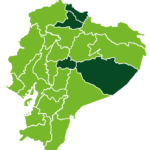
Location:
Pastaza province: canton Mere – parish Mera, Pastaza canton – parish Fatima.

Nearby Communities:
Cologne Pucayacu, Cologne, May 24, Mere, the Parish of Fatima.

Area:
356 hectares.

Ecosystems:
Montane and lower montane forest
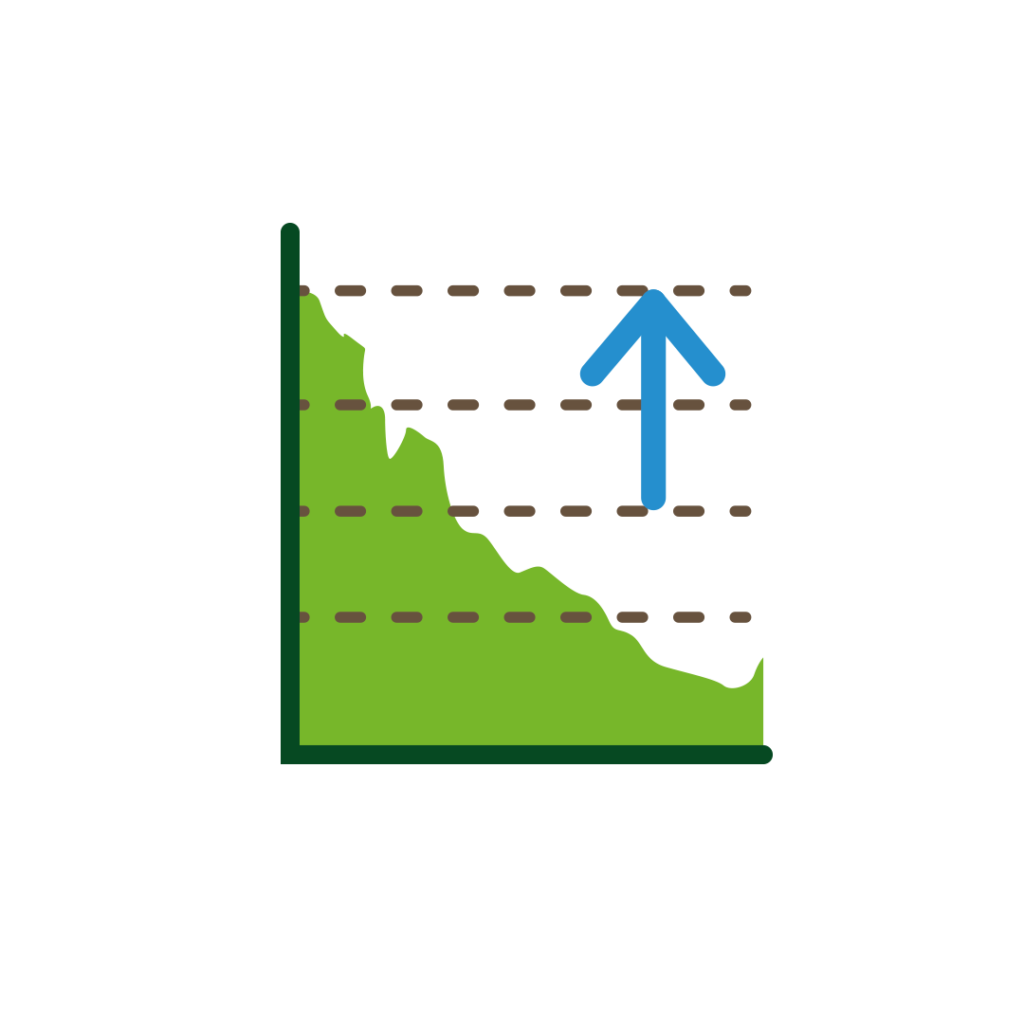
Elevation range:
1050 – 1510 meters above sea level.

Threatened Species:
Tayassu pecari (VU), Tapirus terrestris (VU), Panthera onca (NT), Lagothrix lagotricha (EN), Cebus yuracus, (NT), Ara militaris (VU), Pristimantis mallii (CR) Pristimantis rubicundus (NT), Pristimantis bellae (EN), Monopyle paniculata (CR), Oxalis ecuadorensis (EN), Bomarea ceratophora (EN), Begonia lugonis (VU), Aechmea lugoi (VU), Magnolia llanganatensis (IN).
Bookings
About the Reserve
This reserve is located in the foothills southeast of the Llanganates National Park, at the base of the eastern Andes of ecuador and is situated on a narrow strip of limestone and sandstone, which contrasts strongly with the acidic soils that border on the east and the west. Many local endemics have evolved in response to this unique habitat. Rio Anzu is covered by forests piemontano and piemontano under and areas involved.
Flora and Fauna
In this area we have found 139 species of amphibians and reptiles (68 species of frogs, three species of cecilias, a kind of salamander, 22 species of lizards and 45 species of snakes). Among the amphibians are threatened at the global level, are the Cutín of Malli (Pristimantis mallii, IN), Cutín Ruddy (Pristimantis rubicundus, IN), Cutín de la Candelaria (Pristimantis bellae, IN). Also recently described the Boa pygmy of Cacuango (Tropidophis cacuangoae).
Among the mammals are the jaguars (Panthera onca, NT), being the most important area of the corridor connectivity Llanganates-Sangay in which there is still this species. There are also several species of primates (Lagothrix lagotricha, IN); Aotus sp.; Leontocebus lagonotus; Alouatta seniculus; Cebus yuracus, NT), as well as other threatened mammals including the White-Lipped Peccary (Tayassu pecari, VU), the Soche Red de Zamora (Mazama americana, DD), Tapir (Tapirus terrestris, VU). Among the birds recorded include the Macaw MilitaryAra militaris, VU), the Hawk White (Pseudastur albicollis), and the Cock of the Rock (Rupicola peruviana), in addition to migratory species such as the Warbler Cerulean (Setophaga cerulea, NT ). This book includes some of the rarest orchids in the world as Masdevallia stigiidiscovered in the basin of the rio Anzu 20 years ago, and that can only be found in this place.


Made by Geovanna Robayo
The geology of limestone unusual in the area has contributed to the evolution of many other species of endemic plants, including a new liver, Fossombronia jostii, and a new genus of orchids, Quechua. Other rare plants and/or local including orchids Phragmipedium pearcei, Trichosalpinx jostii and Stellilabium (Telipogon) jostii.
Among the plant species are globally threatened are Monopyle paniculata (CR) and Oxalis ecuadorensis (IN), both species rediscovered by the team of the Foundation, Bomarea ceratophora (EN), Begonia lugonis (VU), Aechmea lugoi (VU) and the recently discovered Magnolia llanganatensis (IN).

How about booking Rio Anzu?
To reach the reserve, you must first enter the town of Mera, taking the road E35 – E30 from Quito in the direction of Ambato – Baños de Agua Santa – Mere. From the central park of Mere should continue in a northeasterly direction by road to Anzu, approximately 10 km
The reserve has a house dedicated to the scientific and technical visits, where you can receive up to 8 people. The House Anzu is located on the main road Mera – Anzu, 500 metres before reaching the entrance that leads to the caverns of the Rio Anzu.
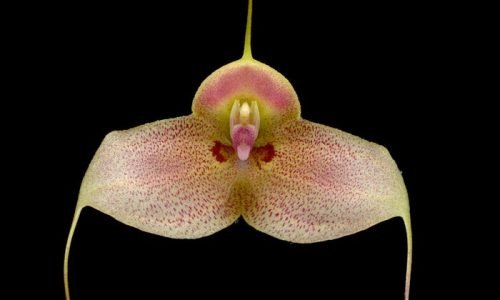
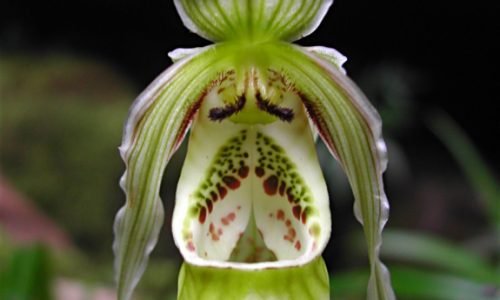



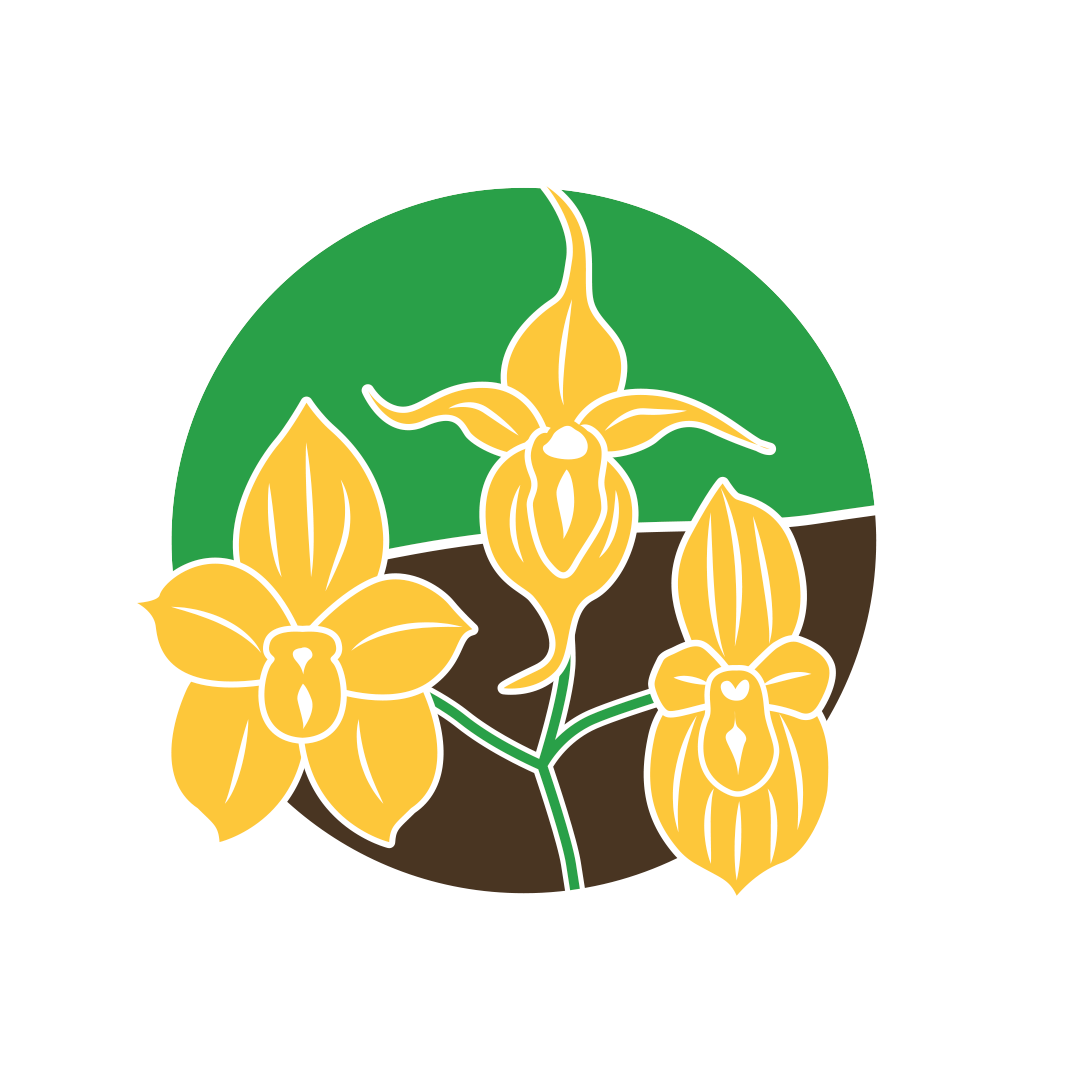 Private Protected Area Candelaria
Private Protected Area Candelaria
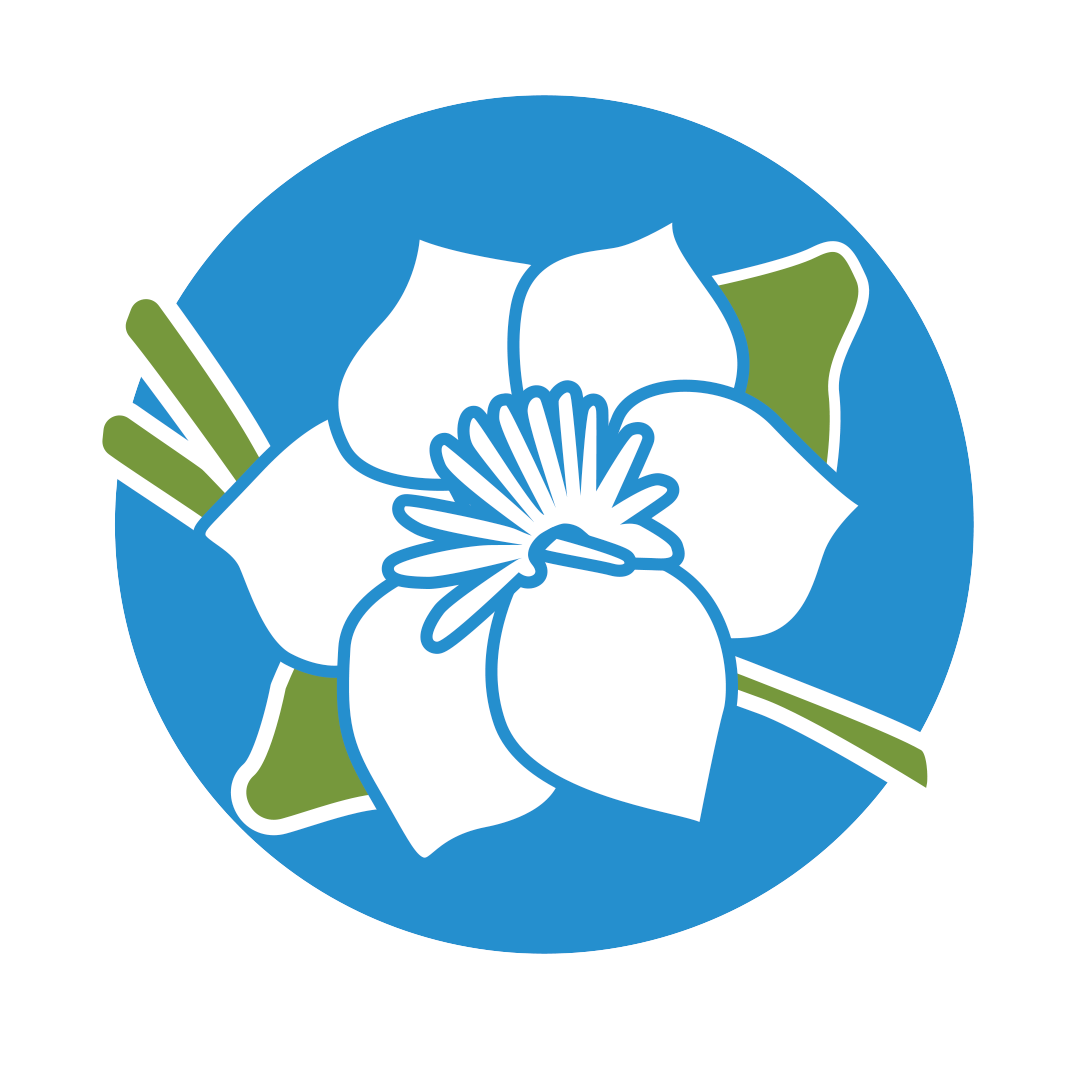 Booking Naturetrek Candelaria
Booking Naturetrek Candelaria
 Booking Naturetrek Vizcaya
Booking Naturetrek Vizcaya
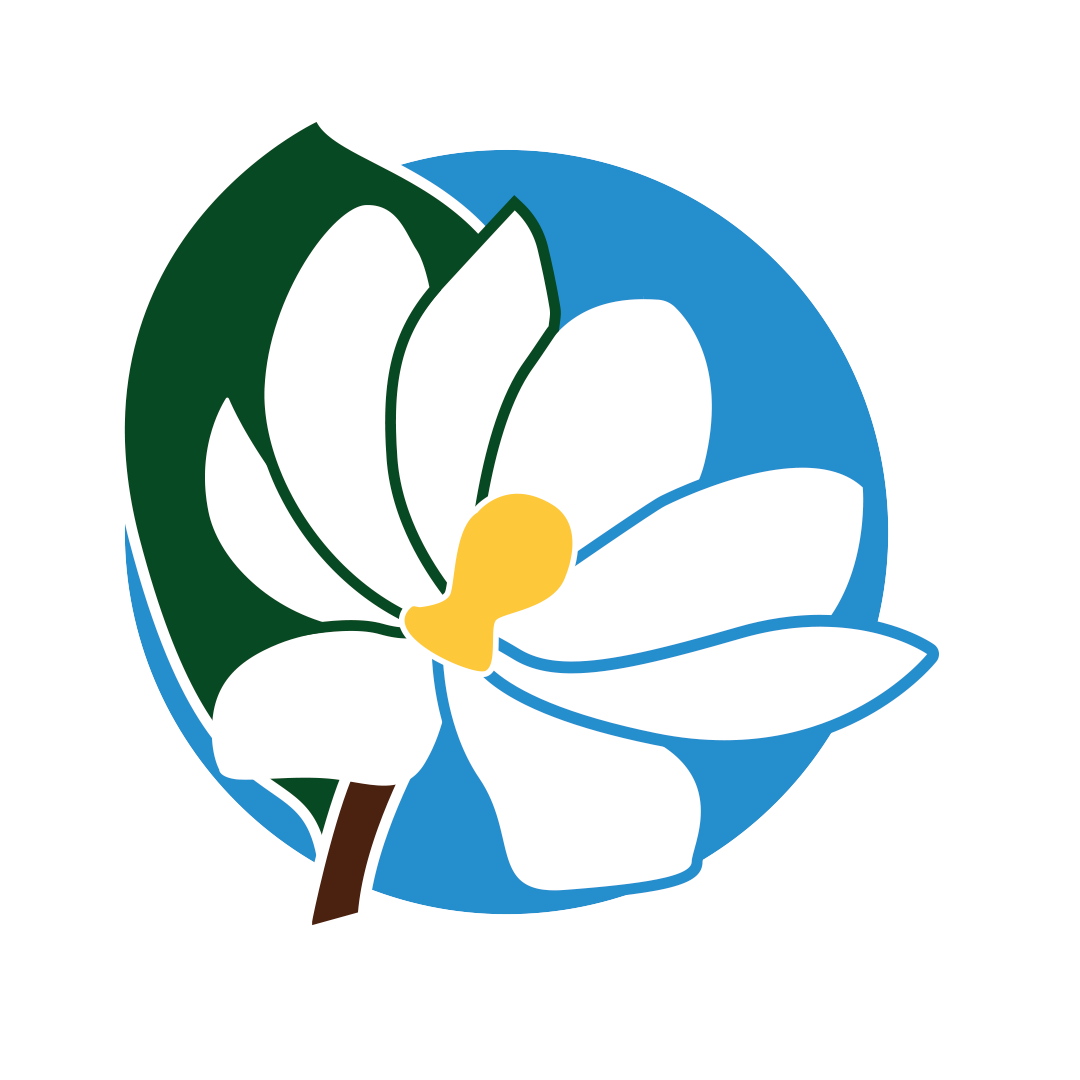 Zuñag Private Protected Area (Wildlife Refuge)
Zuñag Private Protected Area (Wildlife Refuge)
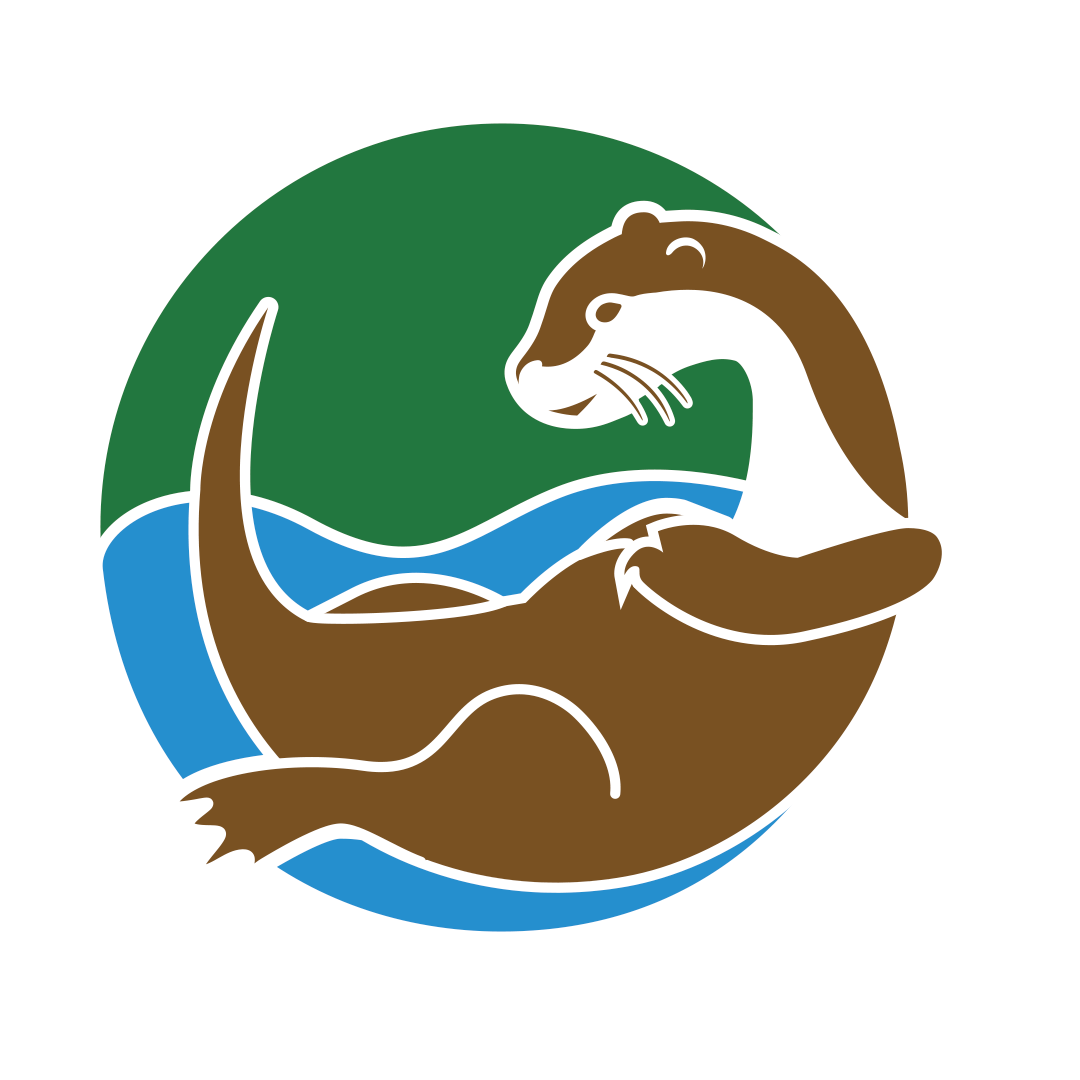 Booking Noah Britton
Booking Noah Britton
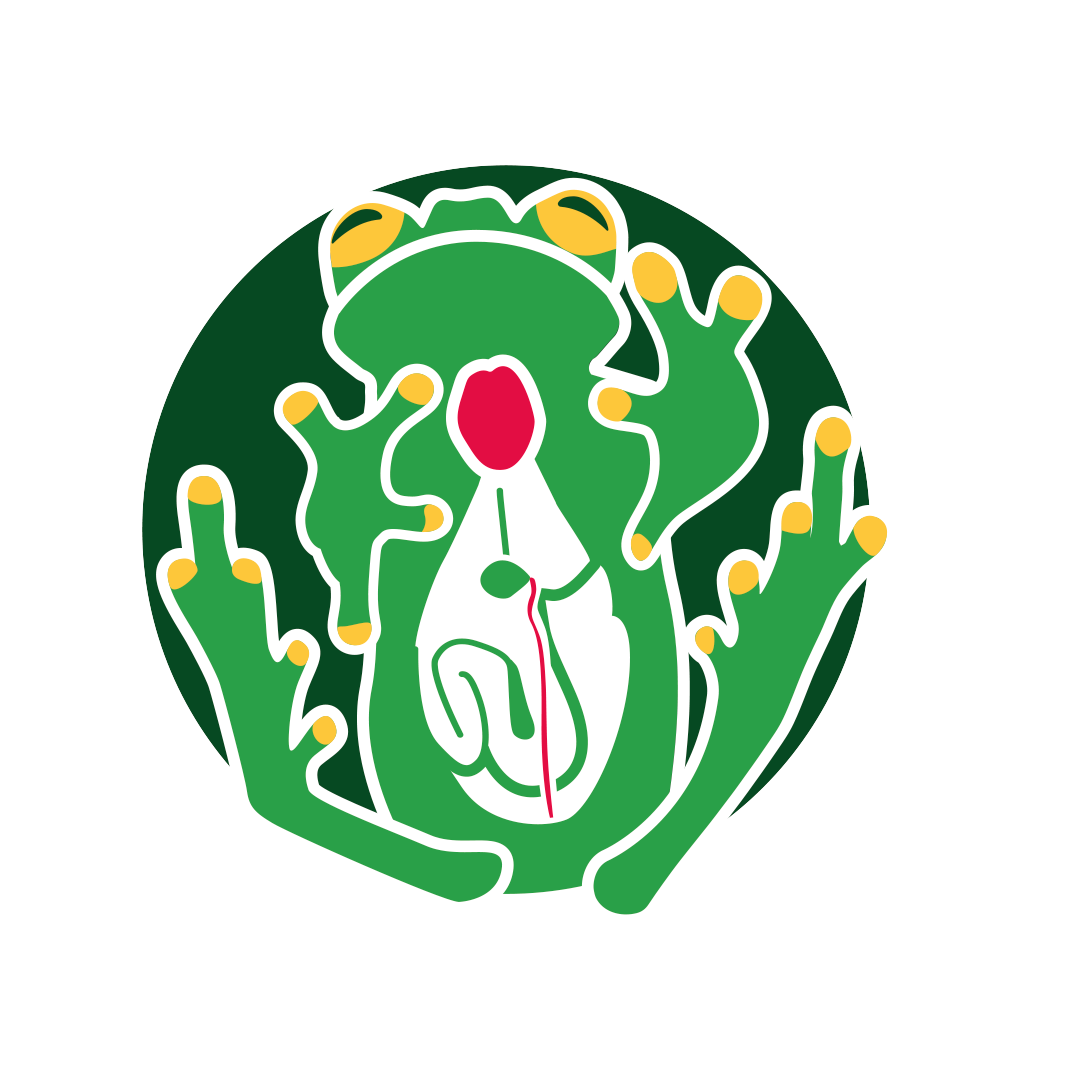 Reserve House of the Frogs of Adela
Reserve House of the Frogs of Adela
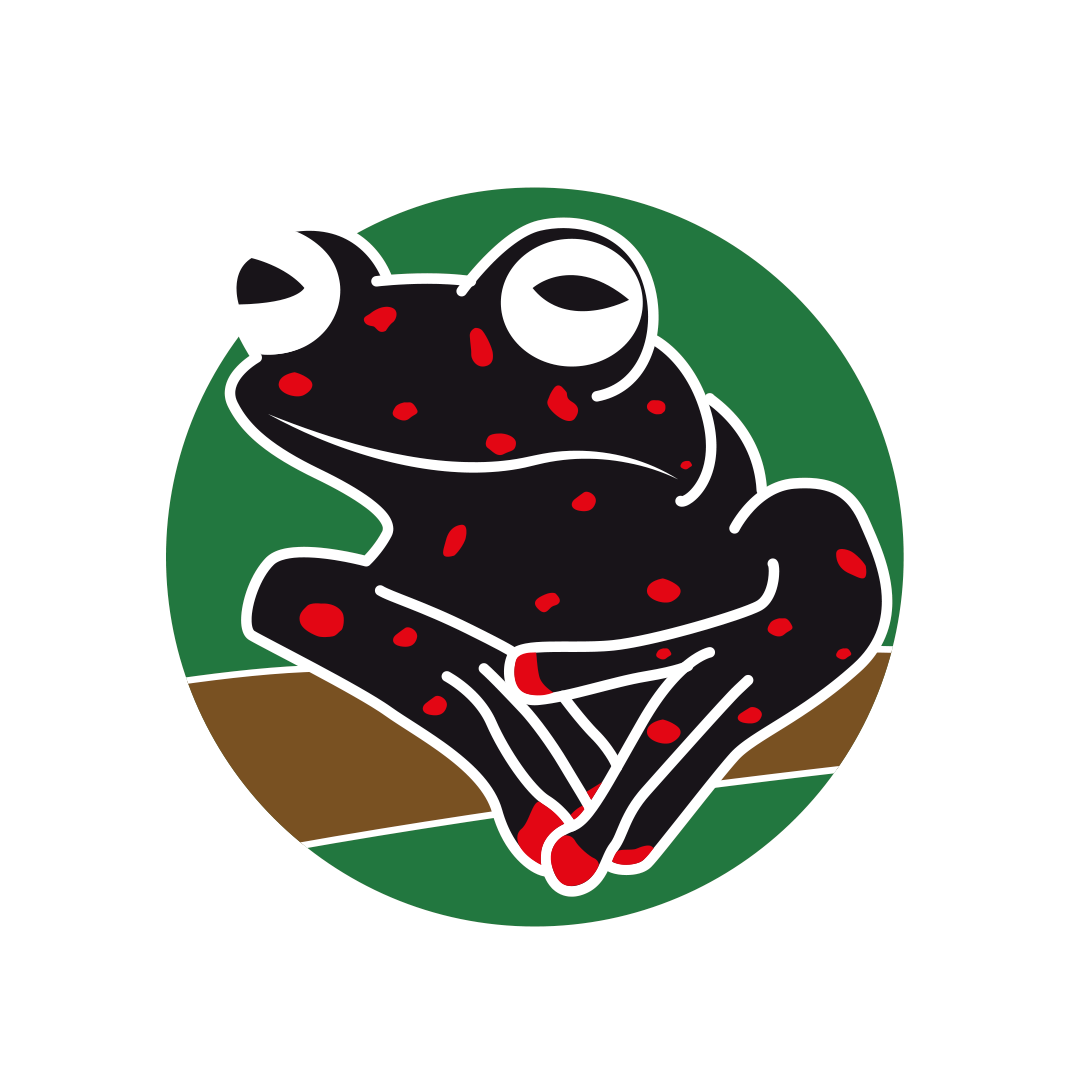 Booking Machay
Booking Machay
 Booking Chamana
Booking Chamana
 Booking Olivier Currat
Booking Olivier Currat
 Booking Rio Verde
Booking Rio Verde
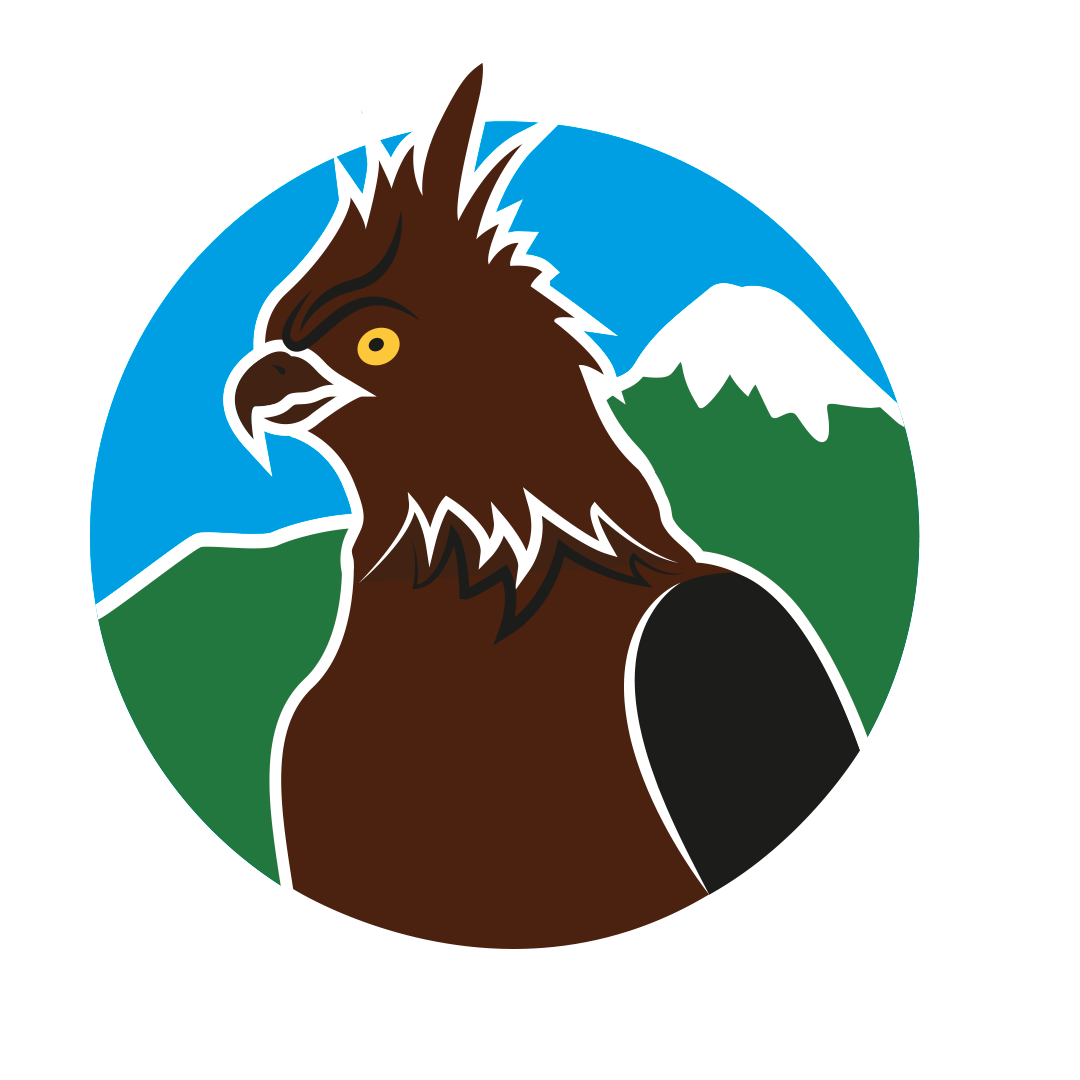 Booking Nelson Palacios
Booking Nelson Palacios

Fundación EcoMinga is a non-ecuadorian non-profit organization that is dedicated to the protection of areas of high endemism and biodiversity.